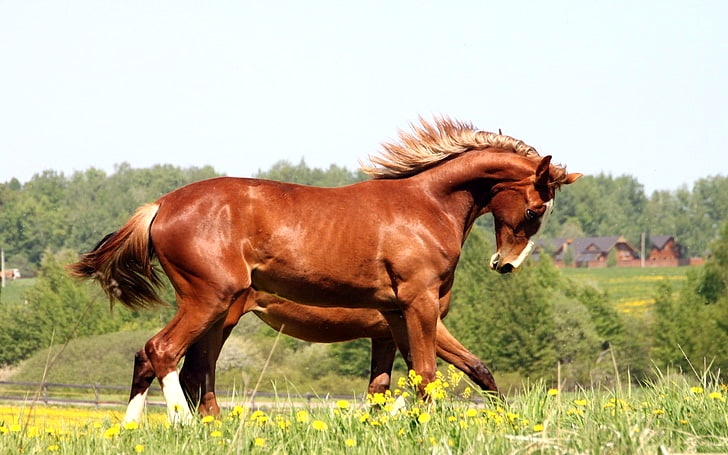Horse racing has been a popular pastime for centuries, and many of us have experienced the thrill of watching a race, cheering for a favorite, and crossing our fingers for a win. But for those who want to increase the stakes, placing a bet on a horse is a great way to add a bit of excitement and reward to the experience.
To help you place your first bet, we’ve put together this comprehensive guide. We’ll explain the different types of bets, the different types of racetracks, and how to go about placing your bet. So, without further ado, let’s get started.
I. Types of Bets
A. Win Bets
The most basic type of bet is the win bet, which involves simply predicting which horse will win the race. This type of bet is the most straightforward, but also the riskiest, as you’ll only win if your chosen horse comes in first.
B. Place Bets
Place bets are slightly less risky than win bets, as you’ll win if your chosen horse comes in first or second. This type of bet is usually recommended for beginners, as it gives you a better chance of winning your bet.
C. Show Bets
Show bets are even less risky than place bets, as you’ll win if your chosen horse comes in first, second, or third. This type of bet is best for those who don’t want to take too much of a risk, as it gives you a good chance of winning your bet.
D. Exotic Bets
Exotic bets are the most complex type of bet. These bets can involve predicting the exact order of finish for multiple horses, or multiple horses in multiple races. While exotic bets can be very profitable, they’re also very risky and should only be attempted by experienced bettors.
II. Types of Racetracks
A. Flat Racing
Flat racing is the most common type of horse racing, and involves horses running on a level track. This type of racing is usually run in a straight line, and the horses can reach speeds of up to 40 miles per hour.
B. Jump Racing
Jump racing is a type of horse racing that involves horses running over obstacles. This type of racing is usually run over a course that includes fences, hurdles, and water jumps, and the horses can reach speeds of up to 30 miles per hour.
C. Harness Racing
Harness racing is a type of horse racing that involves horses pulling a driver in a two-wheeled cart. This type of racing is usually run on a track that is one to two miles long, and the horses can reach speeds of up to 25 miles per hour.
III. Placing a Bet
A. Visit a Racetrack
The first step in placing a bet on a horse is to visit a racetrack. This can be either a real racetrack or an online betting site. If you’re visiting a real racetrack, you’ll need to purchase a ticket, which will grant you access to the track.
B. Research
Once you’ve purchased a ticket, the next step is to do some research. This involves looking at the form of each horse in the race, as well as the track conditions. You should also look at the odds for each horse, as this will give you an idea of how likely it is that the horse will win.
C. Choose a Horse
Once you’ve done your research, it’s time to choose a horse. Make sure to pick a horse that you feel confident in, as this will increase your chances of winning your bet. It’s also important to remember that no horse is a sure thing, so don’t bet more than you’re willing to lose.
D. Place the Bet
Once you’ve chosen a horse, it’s time to place your bet. If you’re at a real racetrack, you’ll need to go to the betting window and tell the clerk the details of your bet. If you’re betting online, you’ll need to choose the type of bet you’d like to make and enter the details.
E. Collect Your Winnings
If your horse wins, you’ll be able to collect your winnings. At a real racetrack, you’ll need to return to the betting window and collect your winnings in cash. If you’re betting online, your winnings will be credited to your account.
IV. Betting Strategies
A. Bankroll Management
One of the most important betting strategies is bankroll management. This involves setting a budget for your betting and sticking to it. This will help ensure that you don’t bet more than you can afford to lose.
B. Long-Term Goals
Another important betting strategy is to set long-term goals. This involves setting a target for how much you’d like to win over a certain period of time, and then sticking to your plan. This will help ensure that you stay on track and don’t get too carried away with your betting.
C. Research
Research is another important betting strategy. This involves researching the form of each horse and the track conditions before placing a bet. This will help ensure that you’re making informed bets and increase your chances of winning.
V. Conclusion
Placing a bet on a horse can be an exciting and rewarding experience. To ensure that you have the best chance of winning your bet, it’s important to understand the different types of bets, the different types of racetracks, and the betting strategies that can help you succeed. With this knowledge, you’ll be ready to place your first bet and start winning!

